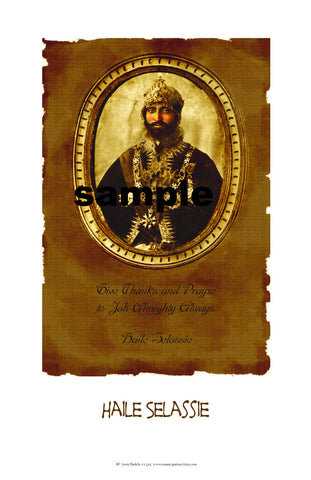Islam in America #1534
$ 8.00
Caption from poster__
Islam in America
Muslims have been part of American history since pre-Columbus times.
Indeed, early explorers used maps that were derived from the work of
Muslims, with their advanced geographical and navigational information
of the time. Some scholars estimate that 10-20 percent of the slaves
brought over from Africa were Muslims. The film "Amistad" alluded
to this fact, portraying Muslims aboard this slave vessel trying to
to this fact, portraying Muslims aboard this slave vessel trying to
perform their prayers, while chained together on deck as they
crossed the Atlantic. Personal narratives Omar Ibn Said (ca. 1770-
1864) was born in the Muslim state of Futa Toro in Western Africa,
in present-day Senegal. He was a Muslim scholar and trader who was
captured and enslaved. He arrived in South Carolina in 1807, and was
sold to James Owen of North Carolina. Sali-Bul Ali was a slave on a
plantation. His owner James Cooper wrote: "He is a strict Mahometan
(sic); abstains from spirituous liquors, and keeps various fasts,
particularly that of the Ramadan..." Lamen Kebe was a slave who used
to be a school teacher in Africa. He shared information about the texts
and teaching methods used in the Islamic schools of his country. Abdul
Rahman Ibrahim Sori spent 40 years in slavery before he returned to
Africa to die. He wrote two autobiographies, and signed a charcoal
sketch of himself by Henry Inman, which was featured on the cover of
sketch of himself by Henry Inman, which was featured on the cover of
"Freedman's Journal" and is on display in the Library of Congress. Many
of the Muslim slaves were encouraged or forced to convert to Christianity.
Many of the first-generation slaves retained much of their Muslim identity,
but under the harsh slavery conditions this identity was largely lost to later
generations.




